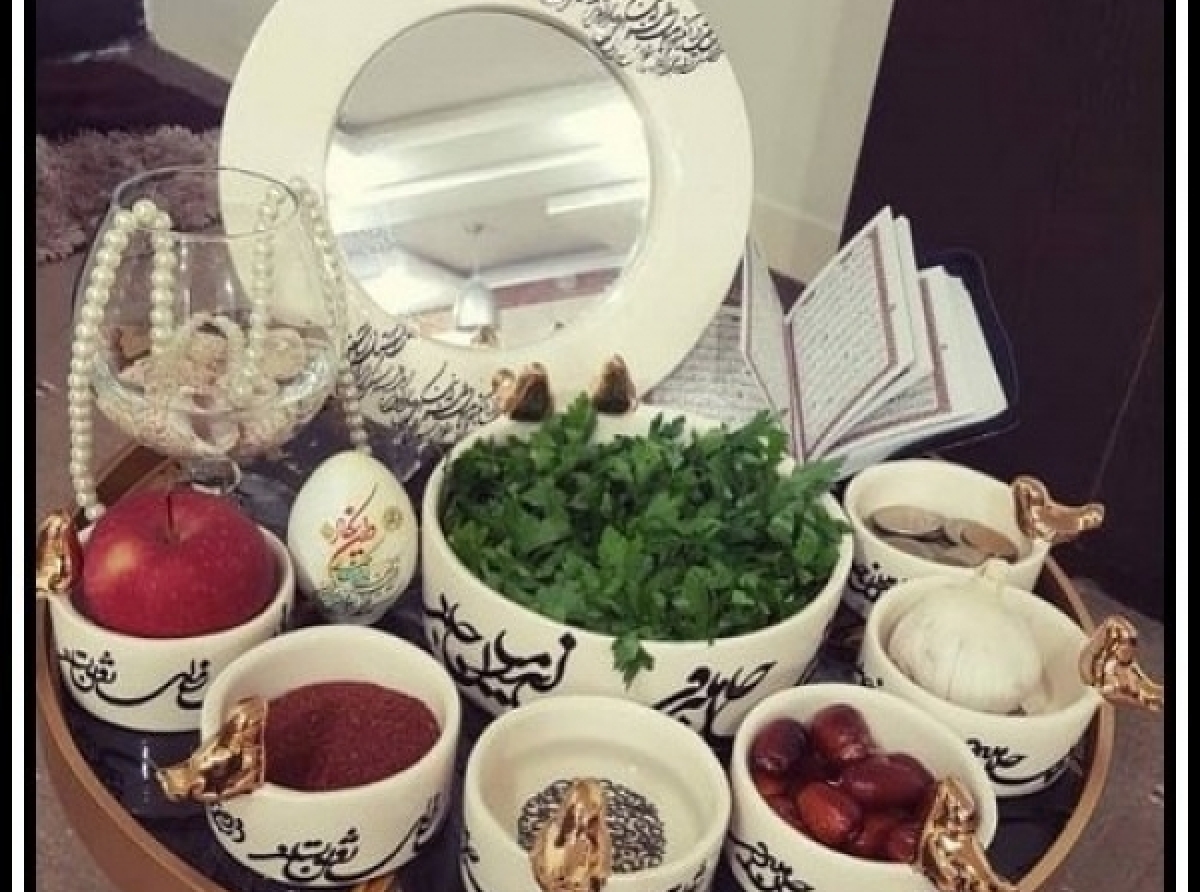Norooz a celebration dating back thousands of years
Norooz is the first day of the Iranian solar year, equal to the 1st of Farvardin, the celebration of the beginning of the Iranian New Year and one of the oldest celebrations left from the time of ancient Iran. Norooz originates in ancient Iran and the people of different regions of the Iranian plateau have celebrated Norooz continuously throughout history. Norooz is the beginning of spring, which today is called spring equinox.
Hijri solar calendar is used in Iran and Afghanistan, Norooz is the beginning of the new year. But in the countries of Central Asia and the Caucasus, due to the use of the Gregorian calendar, Norooz is celebrated as the beginning of spring and is not considered the new year.
The United Nations General Assembly recognized March 21 as World Norooz Day on March 25, 2010. In the text approved by the UN General Assembly, Norooz is described as a holiday with Iranian roots and more than 3,000 years old, which is celebrated by more than 300 million people today.
Spreading the Norooz table is a common official in the Norooz ceremony. The elements of this table, which is called the seventh table in Iran, are divided into two types
Elements that have a symbolic aspect: such as garlic, coins, semno, greenery, Quran and…
Elements that have the aspect of food and hospitality of guests: such as all kinds of nuts, traditional or modern sweets.
Each of the components and decorations of the table is a symbol and a reason. for example;
Green: a symbol of rebirth and rebirth
Semno: Symbol of blessing and abundance
Sumac: Symbol of sunrise
Coin: A symbol of wealth
Apple: a symbol of beauty and health
Vinegar: a symbol of patience and life
Garlic: a medical symbol of healing or medicine
Lavender: Symbol of spring
But they have not forgotten one of the important traditions of Norooz and they are preparing for it in advance, this important tradition is the Eid dinner. It can be said with certainty that Eid night is a special and different night for most people in the world. We Iranians, like all people in the world, prepare special dishes for this night, and according to ancient beliefs, eating these foods was not without reason and it was wise to choose it.
According to ancient beliefs, the fish tells the story of Soleyman, in which Soleyman found his ring in the belly of the fish, so we eat fish in the hope that we will understand the truth more. According to other beliefs, fish is a sign of life and eating rice because of having blessings along with fish, which is a sign of life and vegetables that indicate blessing and childbirth, has been and is common in many Iranian families wherever they live. . Some Iranians, like the people of Zanjan, eat fish with rice noodles or saffron rice, and others serve it with coco or local stews.
Translated by: Faeghe Ebrahimpour

 En
En  Fa
Fa 